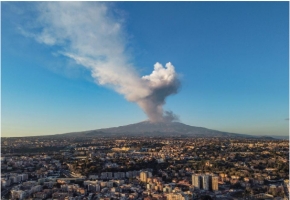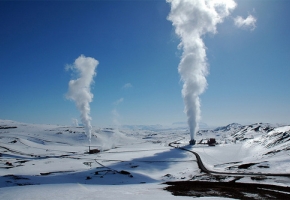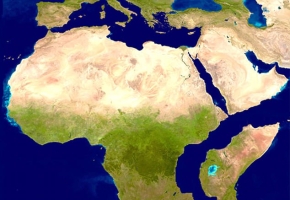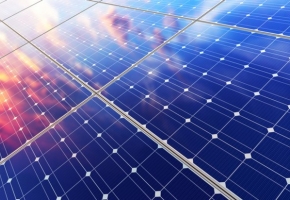Researchers have discovered vast amounts of sugars underneath seagrass meadows
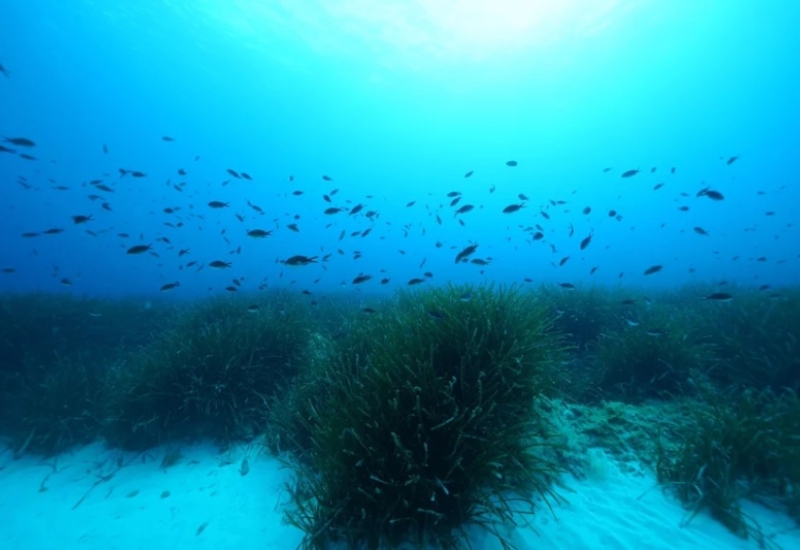
Seagrasses form lush green meadows in many coastal areas around the world. These marine plants are one of the most efficient global sinks of carbon dioxide on Earth: One square kilometer of seagrass stores almost twice as much carbon as forests on land, and 35 times as fast.
Now scientists from the Max Planck Institute for Marine Microbiology in Bremen, Germany, have discovered that seagrasses release massive amounts of sugar into their soils, the so-called rhizosphere. Sugar concentrations underneath the seagrass were at least 80 times higher than previously measured in marine environments. “To put this into perspective: We estimate that worldwide there are between 0.6 and 1.3 million tons of sugar, mainly in the form of sucrose, in the seagrass rhizosphere”, explains Manuel Liebeke, head of the Research Group Metabolic Interactions at the Max Planck Institute for Marine Microbiology. “That is roughly comparable to the amount of sugar in 32 billion cans of coke!”
Microbes love sugar: it is easy to digest and full of energy. So why isn't the sucrose consumed by the large community of microorganisms in the seagrass rhizosphere? “We spent a long time trying to figure this out”, says first author Maggie Sogin, who led the research off the Italian island of Elba and at the Max Planck Institute for Marine Microbiology. “What we realized is that seagrass, like many other plants, release phenolic compounds to their sediments.”
Red wine, coffee and fruits are full of phenolics, and many people take them as health supplements. What is less well known is that phenolics are antimicrobials and inhibit the metabolism of most microorganisms. “In our experiments we added phenolics isolated from seagrass to the microorganisms in the seagrass rhizosphere – and indeed, much less sucrose was consumed compared to when no phenolics were present.”
Source: TASS
Image: HYDRA Marine Sciences GmbH

